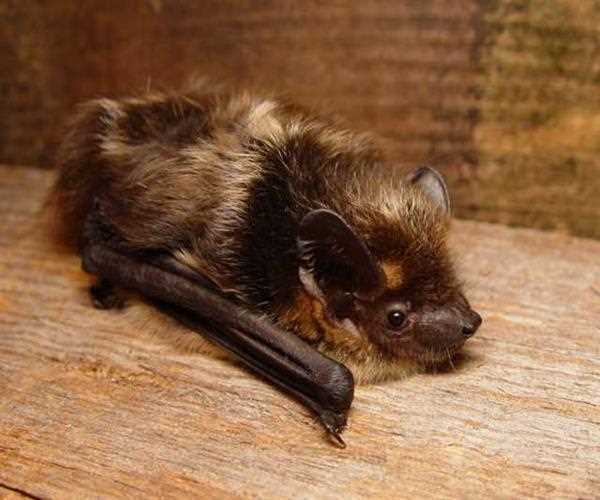The majority of bats feed on insects like mosquitoes, moths, and beetles, which helps to significantly reduce pest overpopulation. However, as cities expand and overtake natural sites, bats have less space in the places they’re needed most. With so many local species settled in Traverse City, many bats end up sneaking into commercial or residential buildings to secure shelter. Unfortunately, once bats get in, it’s difficult to get them out on your own.
Bats of Michigan
The beautiful state of Michigan is home to numerous wild animals and an abundance of exotic wildlife; however, some species require extra attention. Of the nine bat species in the state, nearly half are on the endangered list. Because it’s illegal to kill state endangered bats, professional and regulated removal is an essential option for local property owners. Bat species in Michigan include:
- Red bats
- Little brown bats
- Big brown bats
- Northern long-eared bats
- Hoary bats
- Evening bats
- Tri-colored bats
- Indiana bats
- Silver-haired bats
Bats might seem intimidating, but they aren’t invincible. White-nose syndrome (WNS) is a fungal disease fatal to many bat species, and it’s a leading cause of mortality among these flying mammals in Michigan and throughout the United States. To preserve the affected species and protect local properties, you should contact a team of pest removal professionals who have studied bat behaviors and are familiar with each bat’s unique set of characteristics. Such knowledgeable experience leads to strategic, safe, and effective solutions for wildlife control and regulated bat removal options that are within the law.
Signs of a Bat Infestation
Beautiful and environmentally beneficial, many bats desperately require conservation; however, they are wild animals that don’t belong anywhere in your building. Contact animal control experts immediately if you notice any of the following signs of a bat infestation in your home or business.
- Strong smell of ammonia or bat urine
- Bat droppings, or guano, piled in your building
- Oily black stains on walls, ceilings, and floors
- Squeaking or scratching noises in the nighttime
If you encounter a bat in your property, do not attempt to capture or even corner the animal. Although bats don’t typically display aggressive behavior, their actions are unpredictable when under stress. If a bat feels endangered or scared, it’s more likely to scratch, bite, or erratically fly and cause harm to you and the other inhabitants of your building.
Dangers of Bat Encounters
Bats can transmit a number of injuries and illnesses through bites and scratches. However, they don’t actually have to make contact to spread contamination. Once bat guano breaks down into a powder form, it becomes incredibly sensitive to touch and potentially potent enough to spread airborne spores. Contact with bat saliva or close encounters with bat guano carry multiple risks of infection, including conditions like histoplasmosis and rabies. Beyond being at risk for disease, infection, and other ailment, property owners with a bat infestation are more likely to come in contact with additional pests, including fleas, ticks, lice, and mites.
Expert Bat Removal in Traverse City
If you spot or smell any symptoms of a bat infestation in your building, call the team at Critter Control® of Traverse City. Their expert technicians can inspect your home or business from top to bottom to create a comprehensive bat control system. Using high-quality tools, extensive training, and comprehensive CritterSafe® methods, the team of wildlife professionals can ensure humane handling that preserves your property and protects local bat species. Once a law-abiding strategy that safely excludes the intruding animal is administered, any openings or entryways that critters could use in the future will be permanently sealed.




Leave Comment